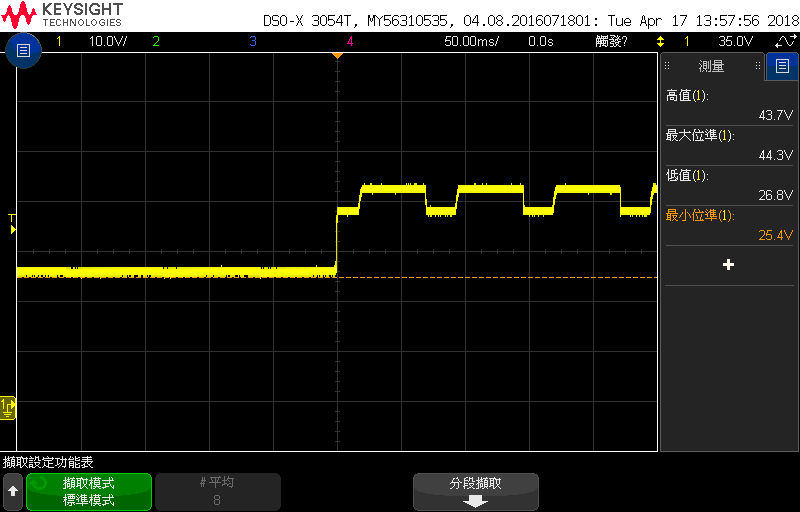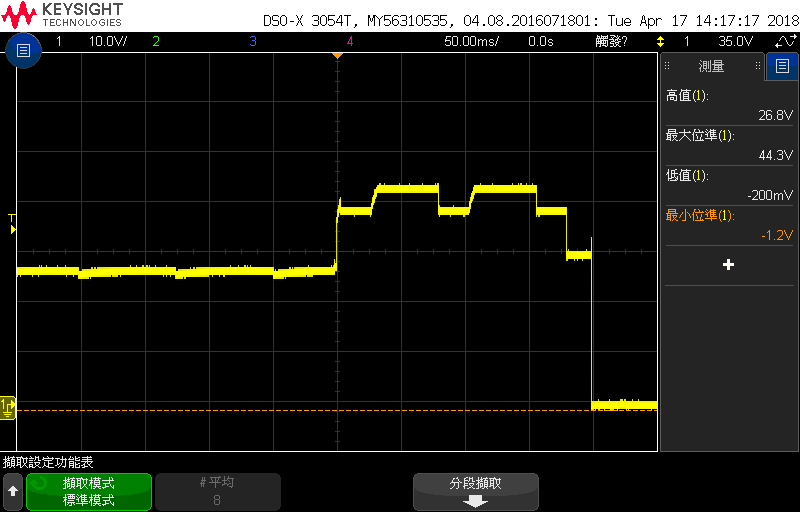Other Parts Discussed in Thread: TPS23861
Hi, Penny
We also faced similar symptom of PD detecting using TPS2384.
As you mentioned, the parallel capacitance in PI must not exceed 0.15uF, but the value in TPS2384 EVM is 0.22uF.
Could you help check this value?




